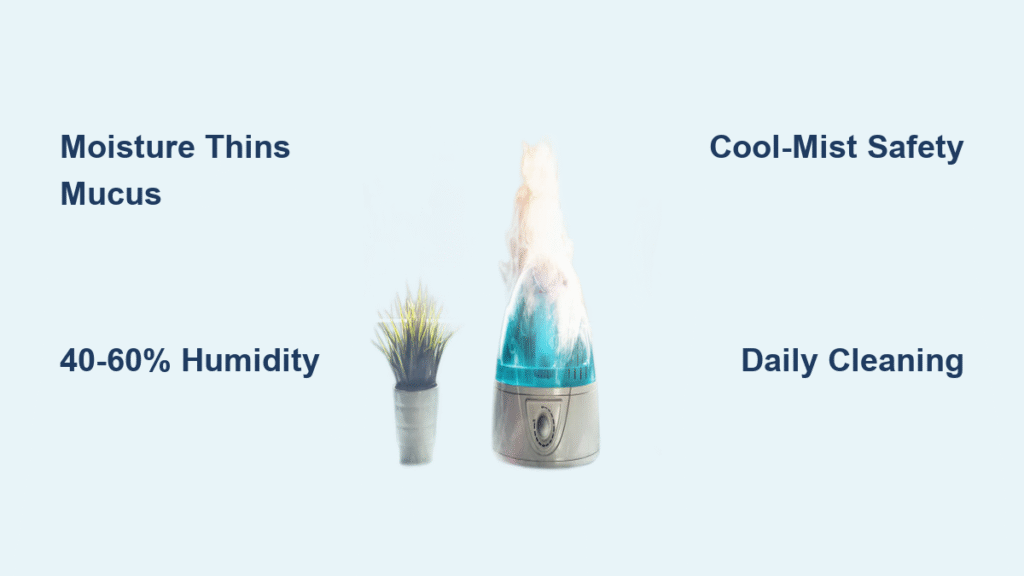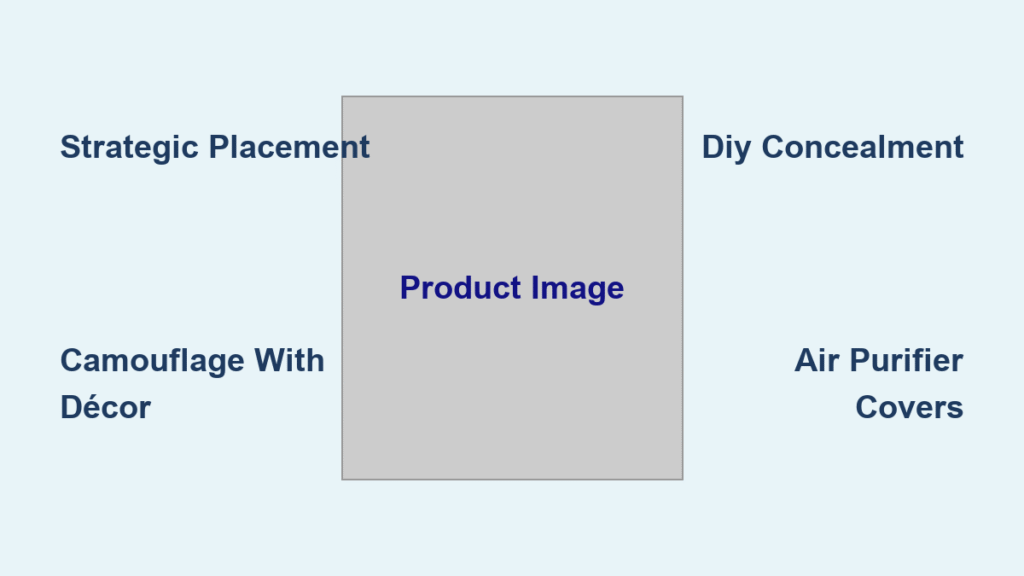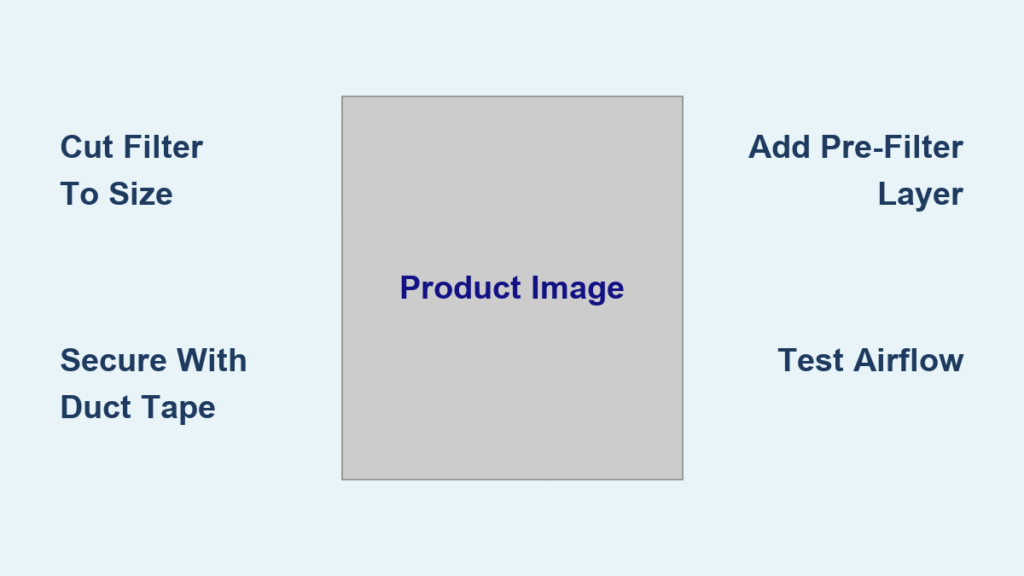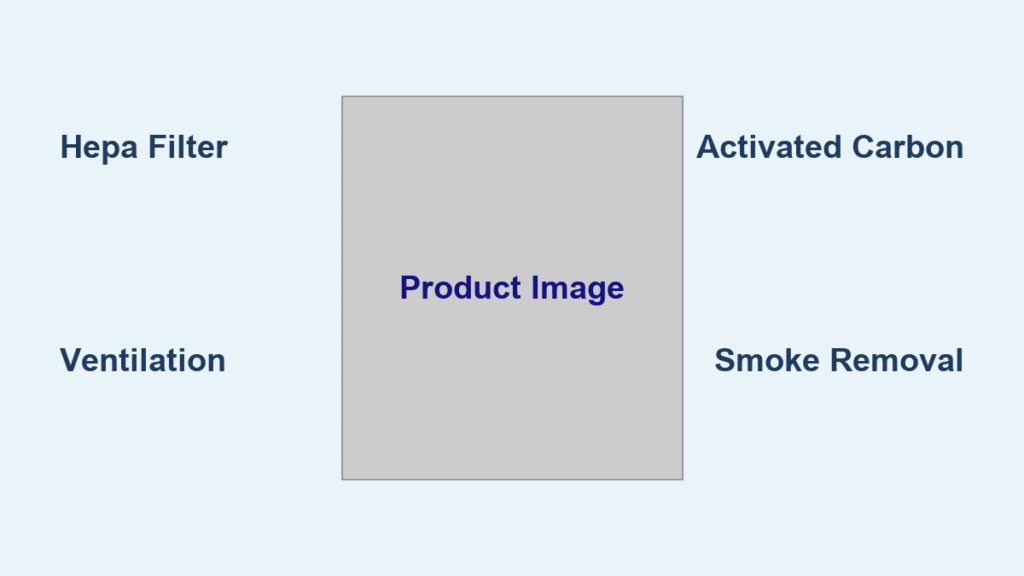Waking up with a stuffy nose and scratchy throat feels like breathing through a clogged straw. That morning congestion often stems from dry air that strips moisture from your nasal passages overnight. A humidifier transforms this daily struggle by adding invisible water vapor to your bedroom air, creating the moisture-rich environment your respiratory system craves. Within hours of proper use, that thick, sticky mucus blocking your sinuses thins out, making breathing feel effortless again.
This guide reveals exactly how humidifiers combat congestion, the optimal settings for maximum relief, and the safety protocols most users miss. You’ll learn to transform your bedroom into a healing environment that supports natural sinus drainage and reduces inflammation—all while avoiding the common mistakes that can turn helpful moisture into mold problems. Understanding how does a humidifier help congestion gives you the power to breathe easier tonight.
How Moisture Thins Mucus
Dry air transforms your protective mucus into thick, sticky barriers that trap congestion and block airways. When you activate a humidifier, released water vapor immediately penetrates these dried secretions, creating a cascading effect throughout your respiratory system. The added moisture restores your body’s natural ability to manage mucus without pharmaceutical intervention.
Immediate Mucus Changes
The moment moisture reaches your nasal passages, thick mucus begins diluting. This process typically starts within 15-30 minutes of optimal humidifier operation. As mucus thins, it transitions from a glue-like consistency to a watery fluid that your body can naturally expel through normal breathing and gentle blowing. You’ll notice reduced pressure in your sinuses and improved airflow through both nostrils as this transformation occurs.
Enhanced Drainage Pathways
Moist air reactivates cilia—tiny hair-like structures lining your airways that sweep mucus toward your throat. These microscopic sweepers become paralyzed in dry conditions, allowing congestion to accumulate. Proper humidity levels restore their natural waving motion, creating an internal cleaning system that continuously clears congestion. This biological mechanism works best when humidity stays within the therapeutic range, making your humidifier an essential ally in the fight against persistent stuffiness.
Optimal Humidity Range for Relief
Finding the sweet spot between too dry and too damp determines whether your humidifier becomes a congestion solution or a new problem. Research identifies 40-60% relative humidity as the therapeutic window for maximum congestion relief. Staying within this range creates the perfect environment for your respiratory system to function optimally.
Why 40-60% Works
Below 40% humidity, mucus remains too thick for effective drainage. Above 60%, you risk creating an environment where dust mites flourish and condensation forms on windows. The 40-60% range provides sufficient moisture to thin mucus while preventing allergen proliferation. This balance is crucial for understanding how does a humidifier help congestion without introducing new problems.
Measuring Your Levels
Place a digital hygrometer on your nightstand to monitor real-time humidity. These inexpensive devices reveal when your humidifier needs adjustment. Watch for condensation forming on bedroom windows—this visual cue indicates you’ve exceeded 60% humidity and need to reduce operation time. Proper measurement transforms guesswork into precise congestion management.
Cool vs Warm Mist Effectiveness

Both humidifier types relieve congestion, but their mechanisms and safety profiles differ significantly. Your choice affects everything from burn risks to energy consumption. Knowing which type works best for your specific congestion scenario ensures maximum benefit with minimal risk.
Cool-Mist Benefits and Limitations
Ultrasonic cool-mist units create micro-fine water droplets through high-frequency vibrations. These devices excel at:
– Silent operation ideal for light sleepers
– Safety for nurseries with no burn hazards
– Year-round effectiveness without adding heat
Evaporative models use a fan to blow air through a wet wick, naturally filtering out minerals before vapor reaches your room. This design prevents the white dust common with ultrasonic units when using tap water. For most households seeking congestion relief, cool-mist humidifiers provide the safest, most efficient solution.
Warm-Mist Considerations
Steam vaporizers heat water to create pure water vapor, which can feel soothing during winter congestion. However, the burn risk from hot water and steam makes these units unsuitable for children’s rooms or households with pets. The heating element also increases electricity consumption compared to cool-mist alternatives. While warm mist may provide temporary comfort, the safety concerns often outweigh the benefits for congestion relief.
Safe Bedroom Setup Protocol

Proper placement and maintenance separate effective congestion relief from potential health hazards. Most users position their humidifier incorrectly, reducing effectiveness while creating safety risks. Following these protocols ensures your device delivers maximum benefit without compromising safety.
Strategic Device Placement
Position your humidifier 3 feet away from beds or cribs to prevent direct moisture exposure on sleeping faces. This distance allows vapor to disperse evenly throughout the room while avoiding damp bedding or furniture damage. Ensure cords remain out of reach of children and pets. Placing the unit on an elevated surface like a nightstand improves vapor distribution without creating tripping hazards.
Water Quality Requirements
Always use distilled or demineralized water to prevent mineral buildup and bacterial growth. Tap water contains dissolved minerals that create stubborn deposits inside your humidifier and disperse white dust throughout your room. This dust can actually worsen respiratory symptoms rather than relieve them. Investing in quality water pays dividends in both device longevity and respiratory health.
Cleaning Schedule That Prevents Problems
Neglected humidifiers become sources of mold spores and bacteria that worsen respiratory symptoms. A systematic cleaning approach ensures your device remains therapeutic rather than harmful. This maintenance isn’t optional—it’s essential for safe, effective congestion relief.
Deep Cleaning Process
- Unplug and completely disassemble your humidifier
- Soak all water-contact parts in disinfecting solution for 30 minutes
- Scrub mineral deposits from ultrasonic plates or evaporative wicks
- Rinse thoroughly until no cleaning solution remains
- Dry completely before reassembly to prevent bacterial growth
Filter Replacement Timing
Replace evaporative wicks every 1-3 months depending on water hardness and usage frequency. Mineral-encrusted filters lose effectiveness and can harbor bacteria. Mark replacement dates on your calendar to maintain consistent performance. A well-maintained humidifier provides reliable congestion relief throughout dry seasons.
When Humidifiers Aren’t Enough
Persistent congestion despite proper humidifier use signals underlying issues requiring medical attention. Understanding these warning signs prevents delays in appropriate treatment. Humidifiers offer significant relief but aren’t cure-alls for all respiratory issues.
Red Flag Symptoms
Contact your healthcare provider if you experience:
– Congestion lasting more than 10 days
– Fever accompanying sinus pressure
– Thick green or yellow nasal discharge
– Severe facial pain or swelling
These symptoms may indicate bacterial sinus infections that require antibiotic treatment rather than moisture therapy alone. Recognizing when to seek medical help complements your understanding of how does a humidifier help congestion.
Special Precautions for Children
The American Academy of Pediatrics exclusively recommends cool-mist humidifiers for children’s rooms due to burn risks from warm-mist units. Extra vigilance prevents accidents while maximizing congestion relief for developing respiratory systems.
Child-Safe Operation
Position units on stable, elevated surfaces beyond reach of curious toddlers. Secure cords along baseboards or behind furniture to prevent pulling accidents. Monitor rooms daily for signs of excessive moisture that could create slippery floors or damp bedding. For children, the benefits of proper humidity far outweigh the risks when safety protocols are followed.
Troubleshooting Common Problems

Even properly maintained humidifiers occasionally develop issues that reduce congestion relief effectiveness. Quick diagnosis prevents prolonged discomfort and ensures your device continues working as intended.
Insufficient Moisture Output
Symptoms: Continued dry throat or persistent congestion despite operation. Solutions: Check humidity levels with a hygrometer, increase operation time gradually, or inspect for mineral buildup on ultrasonic plates. Hard water deposits can reduce mist generation by 50% or more, requiring thorough cleaning to restore full functionality.
White Dust Accumulation
This powdery residue indicates mineral dispersal from tap water use. Switch to distilled water immediately and thoroughly clean all components. The dust itself isn’t harmful but signals poor water quality choices that will eventually damage your humidifier and potentially irritate sensitive airways.
Long-Term Effectiveness Strategies
Consistent humidifier use during dry seasons provides cumulative congestion benefits. However, effectiveness depends on adapting to changing environmental conditions and maintaining disciplined cleaning schedules. Understanding how does a humidifier help congestion over time ensures lasting respiratory comfort.
Seasonal Adjustments
Increase humidifier operation during winter heating months when indoor humidity naturally drops below 30%. Monitor levels more frequently during transitional seasons when outdoor humidity fluctuates dramatically. Summer air conditioning can create surprisingly dry indoor conditions requiring continued humidifier use. Adapting to seasonal changes maximizes year-round congestion relief.
A properly maintained humidifier transforms your bedroom into a healing environment that supports natural sinus drainage and reduces morning congestion. The key lies in maintaining that 40-60% humidity sweet spot while preventing the bacterial growth that turns helpful moisture into harmful microorganisms. Start tonight by checking your current humidity levels and establishing your cleaning routine—your sinuses will thank you tomorrow morning. Understanding how does a humidifier help congestion empowers you to breathe easier with science-backed moisture therapy that works while you sleep.

